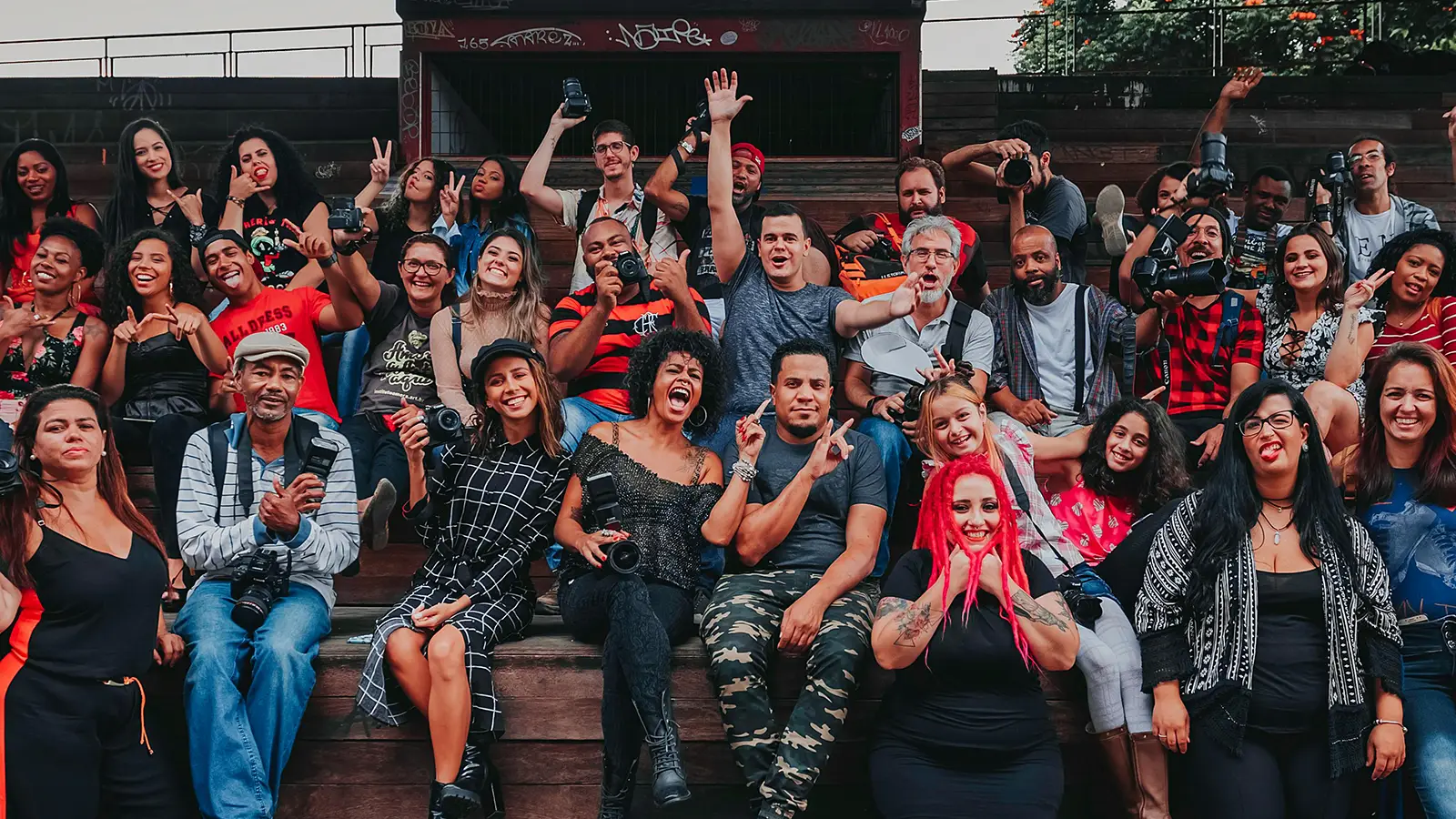The variety of cultural expressions, traditions, languages, values, and beliefs that exist within a community.

Cultural diversity can create a welcoming environment by fostering inclusivity and broadening perspectives. When an area embraces diverse cultures, it enriches the community with various traditions, languages, and practices. This diversity allows individuals to experience different worldviews and feel represented and valued. It promotes social cohesion by encouraging interactions and mutual respect among people from various backgrounds. For instance, a neighborhood with diverse cultural festivals, cuisine, and art forms can become a vibrant and inclusive space where residents and visitors feel a sense of belonging.
On the flip side, cultural diversity may be off-putting to some individuals depending on their views and openness to different cultures. People who hold ethnocentric or xenophobic attitudes might feel threatened or uncomfortable in a culturally diverse environment. They may struggle to appreciate the benefits of diversity and instead perceive it as a challenge to their identity or values.
Examples of Cultural Diversity
- Chinatown, San Francisco, USA
- Little India, Singapore
- Kreuzberg, Berlin, Germany
- Brixton, London, UK
- Jackson Heights, New York City, USA
Researching Cultural Diversity
Whether a city, a workplace, or a sports stadium, the cultural diversity of a context (or the lack of it) can factor into wildly different experiences depending on people’s makeup. Researching diversity can reveal what design outcomes best enhance and support diverse, inclusive, vibrant communities. It can also uncover structures that inhibit cultural richness from helping relevant parties develop plans and interventions that elevate those in underrepresented groups.
Keywords
Sources
Social Science
Stevens, F. G., Plaut, V. C., & Sanchez-Burks, J. (2008). Unlocking the Benefits of Diversity: All-Inclusive Multiculturalism and Positive Organizational Change. The Journal of Applied Behavioral Science, 44(1), 116–133. https://doi.org/10.1177/0021886308314460
VanAlstine, J., Cox, S. R., & Roden, D. M. (2015). Cultural Diversity in the United States and Its Impact on Human Development. Journal of the Indiana Academy of the Social Sciences, 18(1), 10. https://digitalcommons.butler.edu/jiass/vol18/iss1/10/